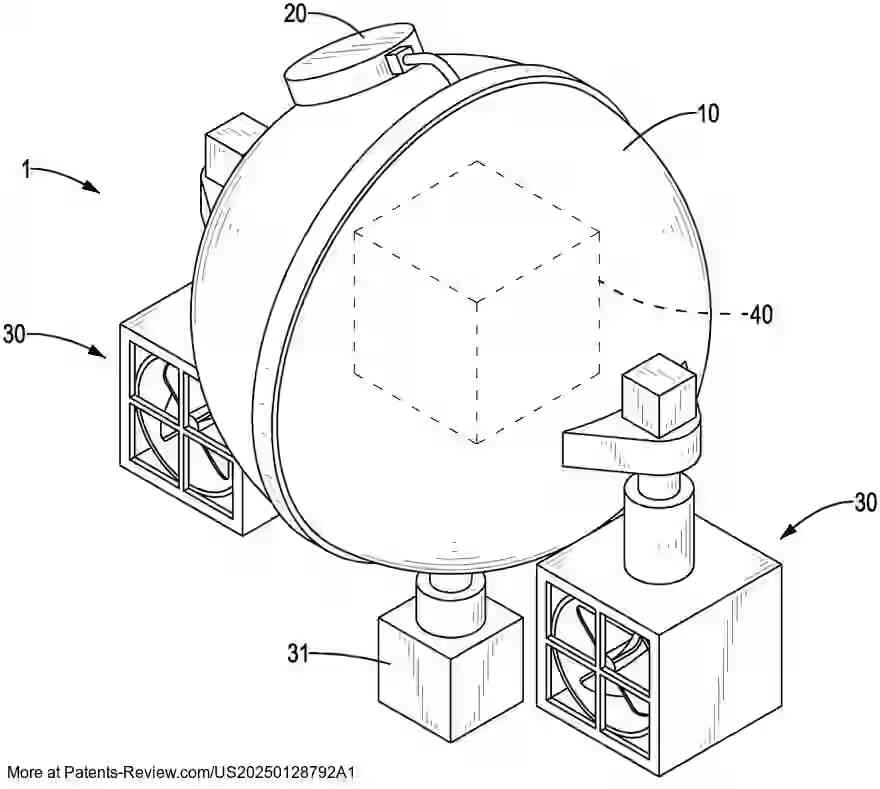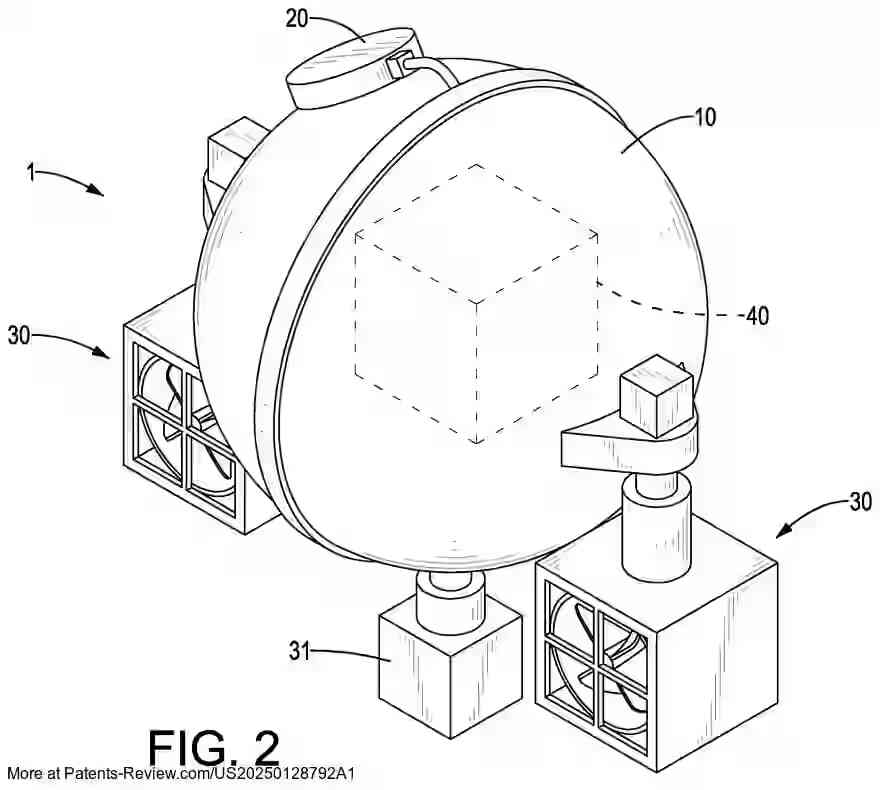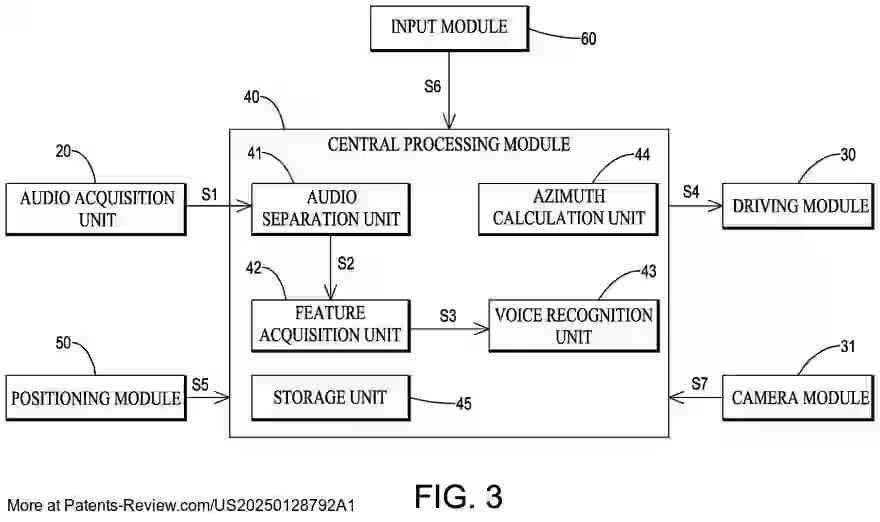WATERBORNE AUTONOMOUS RESCUE DEVICE AND SYSTEM
US20250128792
2025-04-24
Performing operations; transporting
B63B35/00
Inventors:
Assignee:
Applicant:
Drawings (4 of 11)




Smart overview of the Invention
The waterborne autonomous rescue device is designed to float on water while continuously monitoring ambient audio for distress signals. Utilizing voice recognition technology, it identifies cries for help and calculates the direction of the source, such as a drowning person. The device then autonomously navigates towards the source, providing a flotation aid for the individual to hold onto until further rescue can be arranged. This system aims to enhance rescue operations by promptly reaching individuals in distress and minimizing the time lost during emergencies.
Components
The device comprises several key components: a buoyant object, an audio acquisition unit, a driving module, and a central processing module. The buoyant object serves as the physical structure that remains afloat. The audio acquisition unit, equipped with an array microphone, detects ambient sounds from the surrounding water environment. The driving module consists of motors that propel the device towards the identified source of distress. The central processing module processes the audio data to identify distress calls and control navigation.
System Integration
The rescue system includes multiple devices connected to a central monitoring system via a server. Each device sends operational status information to this server, allowing monitoring personnel to track their status and respond to incidents as they occur. This connectivity ensures that any detected distress signal is promptly addressed by both the autonomous device and human responders, optimizing the chances of successful rescue operations.
Operational Mechanism
Upon detecting a cry for help, the device's central processing module calculates the direction of the sound source and activates the driving module to move towards it. This immediate response allows individuals in distress to access flotation support quickly, increasing their chances of survival until professional rescuers arrive. The system's design ensures that critical time is not wasted searching for victims or waiting for human intervention.
Impact and Application
This innovative rescue solution addresses common challenges faced during drowning incidents, where timely intervention is crucial. By providing an autonomous means of reaching individuals in need, it significantly enhances safety in aquatic environments such as lakes and beaches. The integration with monitoring systems further supports coordinated rescue efforts, ensuring that help is dispatched effectively and efficiently.